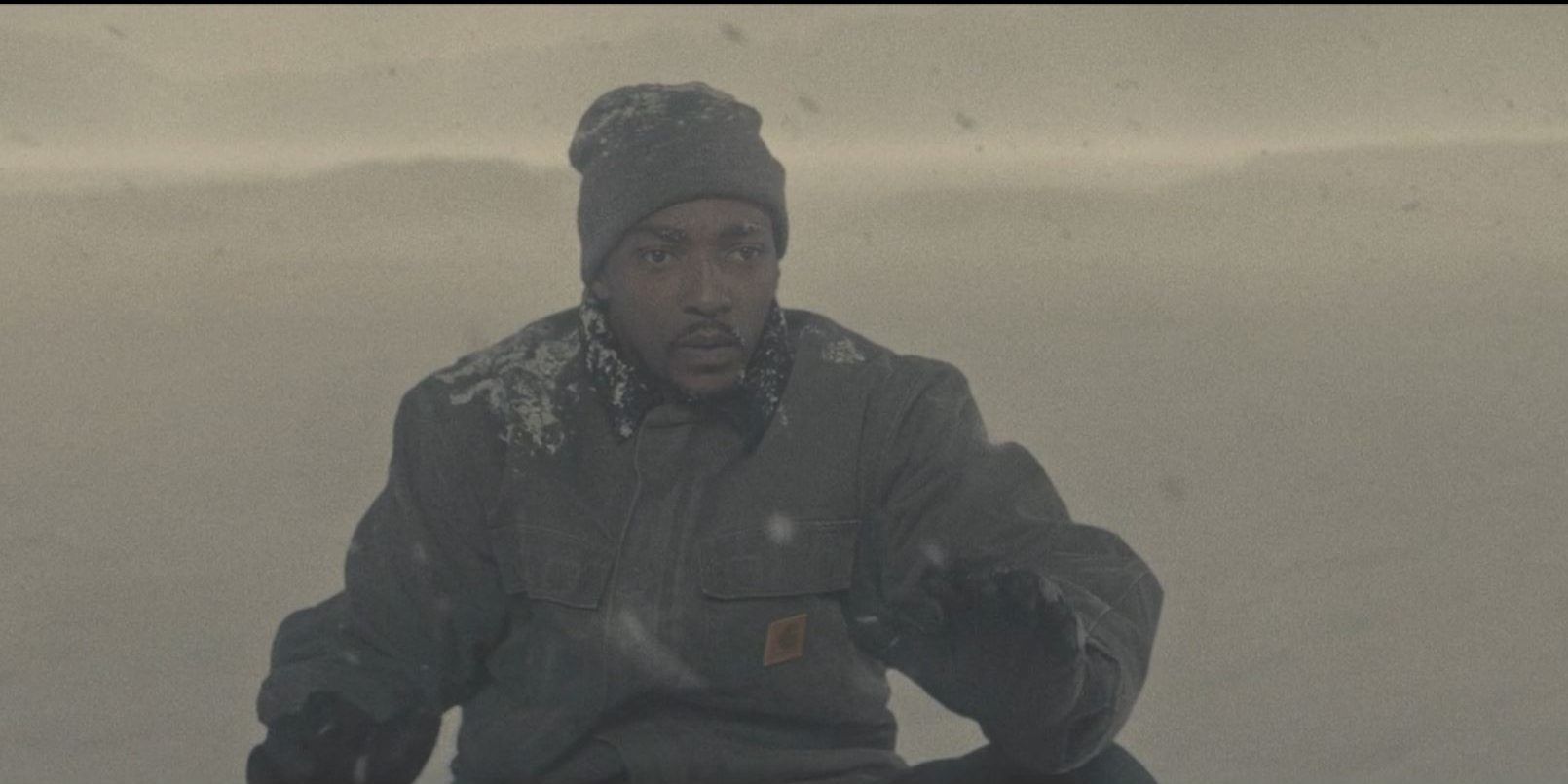
The movie Synchronic focused on the drug Synchronic, which allows young people who take it to travel back in time, but they don't necessarily die from it. Synchronic's world is by and large just like the real world, except for the concept of time travel, which proves bewildering for Steve and Dennis - a pair of EMTs played by Anthony Mackie and Jamie Dornan. When trying to explain it to his friend, Steve uses an Albert Einstein quote that suggests that no one ever really "dies." With the drug's powers eliminate the traditional chronology of time, Synchronic suggests that this could be the end of death as it is commonly understood.
Steve references a letter Einstein wrote to the widow of his friend Michele Besso (via ScienceMag), writing that Besso had only "departed from this strange world a little ahead of me" and that, "People like us, who believe in physics, know that the distinction between past, present, and future is only a stubbornly persistent illusion." Because time is relative, death is not a final end but simply an event in a traversable continuum. This idea has been explored in science fiction such as the work of Kurt Vonnegut, with Synchronic following in this tradition.
The central characters of Synchronic are haunted by death; both see death on a daily basis as part of their job. Steve learns that he has a terminal condition, while Dennis feels he has nothing left to live for after the disappearance of his daughter. This desperation plays a role in Synchronic's ending. Once Steve learns that the drug, meant to be a synthetic version of ayahuasca, has time-travel properties, he sets about using his limited supply to rescue Brianna, who had previously taken it. And the creation of time travel opens up a number of possibilities that would allow people to avert death. If the drug became commonplace, people could go back to visit people who had previously died, and possibly bring those people with them into the future. Steve may not have a future, but as in Einstein's letter, the past is just as good as the future when time was relative.

As for how it works within the scope of the story, Synchronic's time-travel drug sends the user back a set amount in time based on their location. When Steve stands in one spot in his house and takes the drug, he is sent to the Ice Age, while sitting on the couch transports him to the 19th century. Each trip lasts for approximately seven minutes, but if the traveler does not return to the location where they began, they become trapped in the past - as happened to Brianna. This makes it a more limited form of time travel than seen in other sci-fi properties ranging from H. G. Wells' original Time Machine story to time travel in the Marvel Cinematic Universe. The traveler can bring things or people with them, but only within a certain range, as Steve learns by doing an experiment with his dog. Only people with an active pineal gland can use the drug in this way. This means that time travel is mostly limited to young people but Steve, who has a cancerous growth in his pineal, can also travel.
At the end of Synchronic, the possibility of time travel would seem to be destroyed - Steve had used the last of the drugs, and the chemist who created them had committed suicide. But once the possibility is introduced to the world, it can't be put back in the bottle. Even if it took decades to re-invent the drug, someone could theoretically rescue or revisit Steve at the exact moment he was abandoned. Synchronic's drug creates a new way of thinking about time - and with it, the end of true death in the movie's universe.
from ScreenRant - Feed https://ift.tt/3enVlUU


0 Comments